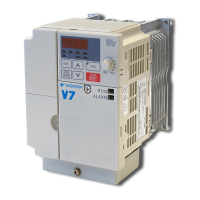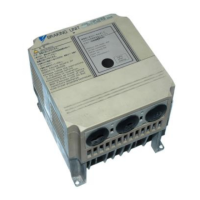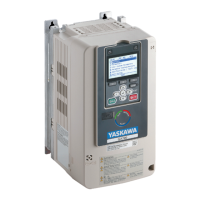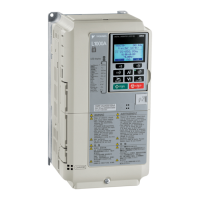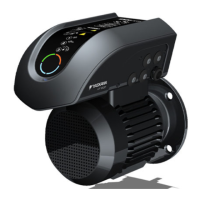3.11 Problems that Can Frequently Occur during Setup and Possible Solutions
236 YASKAWA SIEPC71061723A YASKAWA AC Drive CR700 Technical Manual
◆ The Motor Is Making an Audible Noise
Causes Possible Solutions
100% of the rated output current of the drive was exceeded while operating
at low speeds.
• If the sound is coming from the motor, set L8-38 = 0 [Carrier Frequency Reduction =
Disabled].
• If oL2 [Drive Overloaded] occurs frequently after setting L8-38 = 0, replace the drive with a
high-capacity drive.
◆ The Motor Is Too Hot
Causes Possible Solutions
The load is too heavy. • Decrease the load.
• Increase the acceleration and deceleration times.
• Examine the values set in L1-01 [Motor Overload (oL1) Protection], L1-02 [Motor Overload
Protection Time], and E2-01 [Motor Rated Current (FLA)].
• Use a larger motor.
Note:
The motor also has a short-term overload rating. Examine this rating carefully before setting
drive parameters.
The motor is running continuously at a very low speed. • Change the run speed.
• Use a drive-dedicated motor.
The drive is operating in a vector control mode, but Auto-Tuning has not
been done.
• Do Auto-Tuning.
• Calculate motor parameter and set motor parameters.
• Set A1-02 = 0 [Control Method Selection = V/f Control].
The voltage insulation between motor phases is not sufficient. • Use a motor with a voltage tolerance that is higher than the maximum voltage surge.
• Use a drive-dedicated motor that is rated for use with AC drives for applications that use a
motor on drives rated higher than 400 V class.
• Install an AC reactor on the output side of the drive and set C6-02 = 1 [Carrier Frequency
Selection = 2.0 kHz].
Note:
When the motor is connected to the drive output terminals U/T1, V/T2, and W/T3, surges
occur between the drive switching and the motor coils. These surges can be three times the
drive input power supply voltage (600 V for a 200 V class drive, 1200 V for a 400 V class
drive).
The air around the motor is too hot. • Measure the ambient temperature.
• Decrease the temperature in the area until it is in the specified temperature range.
The motor fan stopped or is clogged. • Clean the motor fan.
• Make the drive environment better.
◆ There Is Audible Noise from the Drive or Motor Cables when You Energize the
Drive
Causes Possible Solutions
The relay switching in the drive is making too much noise. • Use C6-02 [Carrier Frequency Selection] to decrease the carrier frequency.
• Connect a noise filter to the input side of the drive power supply.
• Connect a noise filter to the output side of the drive.
• Isolate the control circuit wiring from the main circuit wiring.
• Use a metal cable gland to wire the drive.
• Shield the periphery of the drive with metal.
• Make sure that the drive and motor are grounded correctly.
• Make sure that ground faults have not occurred in the wiring or motor.
◆ Residual Current Monitoring/Detection (RCM/RCD) Trips During Run
Causes Possible Solutions
There is too much leakage current from the drive. • Increase the RCM/RCD sensitivity or use RCM/RCD with a higher threshold.
• Use C6-02 [Carrier Frequency Selection] to decrease the carrier frequency.
• Decrease the length of the cable used between the drive and the motor.
• Install a noise filter or AC reactor on the output side of the drive. Set C6-02 = 1 [2.0 kHz]
when connecting an AC reactor.
• Disable the internal EMC filter.
◆ Flux Compensation (Current Suppression at Start)
Find motor torque using the following formula.
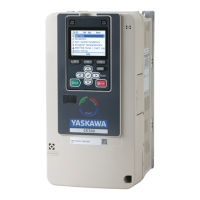
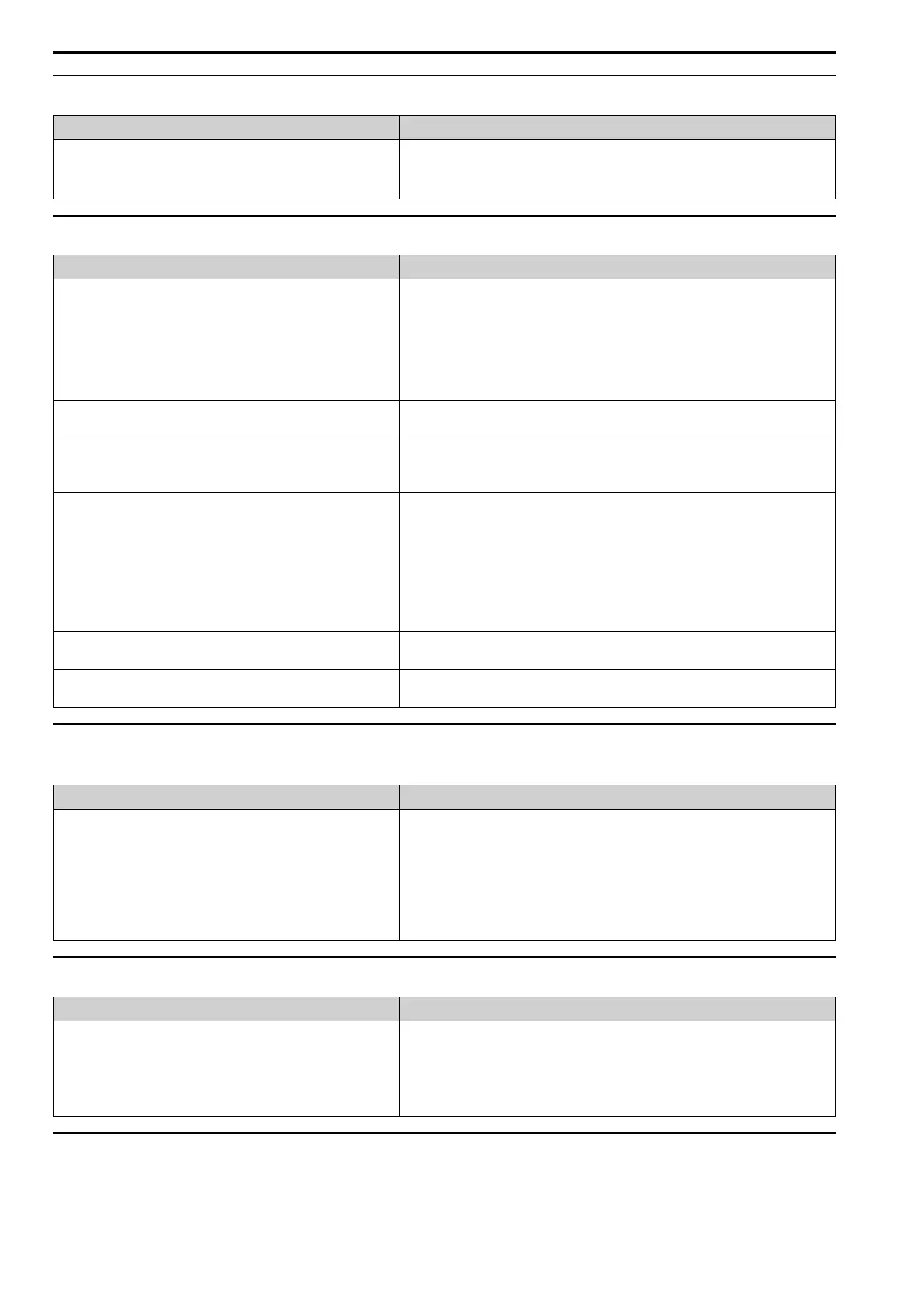